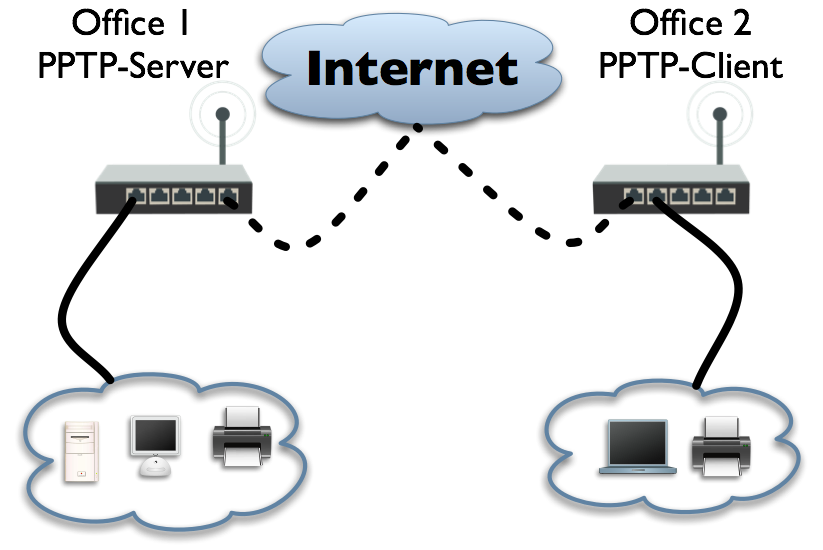Manual:BCP bridging (PPP tunnel bridging): Difference between revisions
m Add Winbox and CLI |
m →BCP Configuration (Winbox): Add Office 1 and 2 |
||
| Line 18: | Line 18: | ||
==== BCP Configuration (Winbox) ==== | ==== BCP Configuration (Winbox) ==== | ||
====== Office I Configuration ====== | |||
====== Office 2 Configuration ====== | |||
==== BCP Configuration (CLI) ==== | ==== BCP Configuration (CLI) ==== | ||
Revision as of 16:19, 8 April 2009
Summary
RouterOS supports BCP (Bridge Control Protocol) for PPP, PPTP, L2TP and PPPoE interfaces. BCP allows to bridge Ethernet packets through the PPP link. Established BCP is independent part of the PPP tunnel, it is not related to any IP address of PPP interface, bridging and routing can happen at the same time independently. BCP can be used instead of EoIP + used VPN Tunnel or WDS link over the wireless network.
Requirements
BCP (Bridge Control Protocol) should be enabled on both sides (PPP server and PPP client) to make it work. MikroTik RouterOS can be used with other PPP device, that supports BCP accordingly to the standards, but BCP enabled is necessary.
Configuration Example
We need to interconnect two remote offices and make them in one Ethernet network. We have requirement to use encryption to protect data exchange between two offices. Let's see, how it is possible with PPTP tunnel and BCP protocol usage
Configuration Diagramm
Simple configuration is like this. We have two offices, which are remotely located. Office I is going to be used as PPTP server, Office 2 is going to be used PPTP client. Below you will see how to set configuration using Winbox and CLI.
